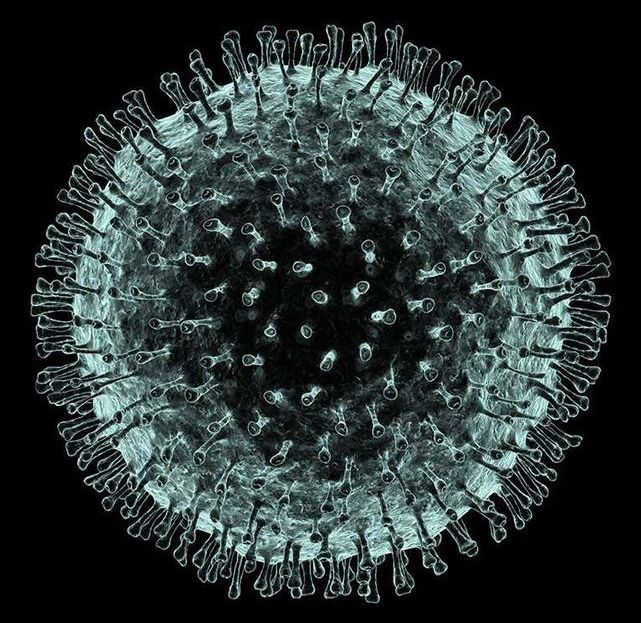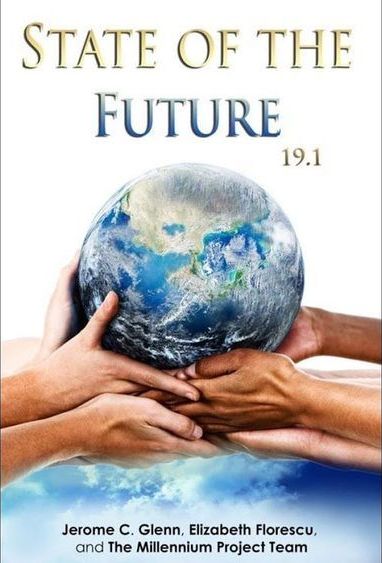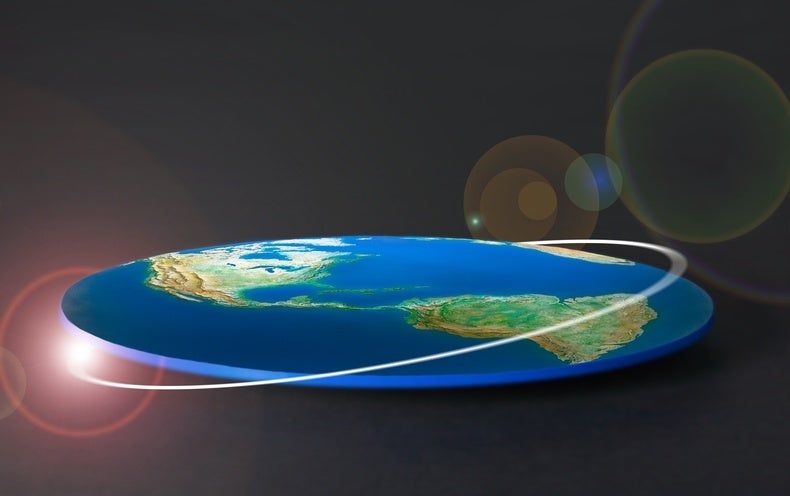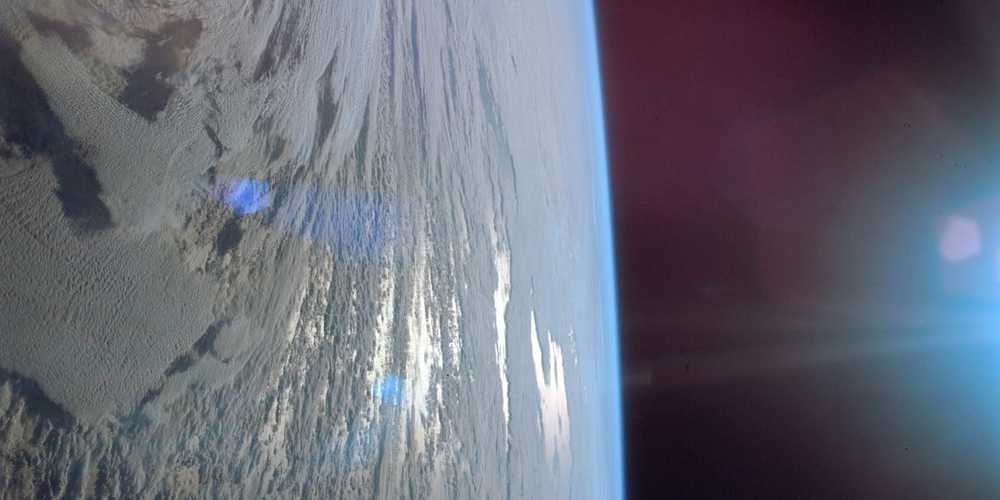55 Australian towns will run out of water very soon…
Red: < 3 months.
Yellow: < 6 months.
Beige: < 12 months.
Category: futurism – Page 864
The new coronavirus is spreading faster than SARS — and it may be because it can be passed on before a person shows any sign of symptoms.
“We’re doing a lot better than people think.”–Jerome Glenn “Change is the process by which the future invades our life, and it is important to look at it closely.̶…
Why do people in Japan live longer?
Posted in futurism
PAKISTAN has once again tested a nuclear warhead-capable missile as tensions continue to escalate between the nation and India after Pakistan’s Prime Minister Imran Khan warned of the “threat of imminent conflict” between the nuclear-armed nations.
In General Relativity, the fabric of space doesn’t remain static over time. Everything else depends on the details we measure.
Astronauts who have looked down at planet Earth from the stillness of space often describe the moment as a life-changing experience.









